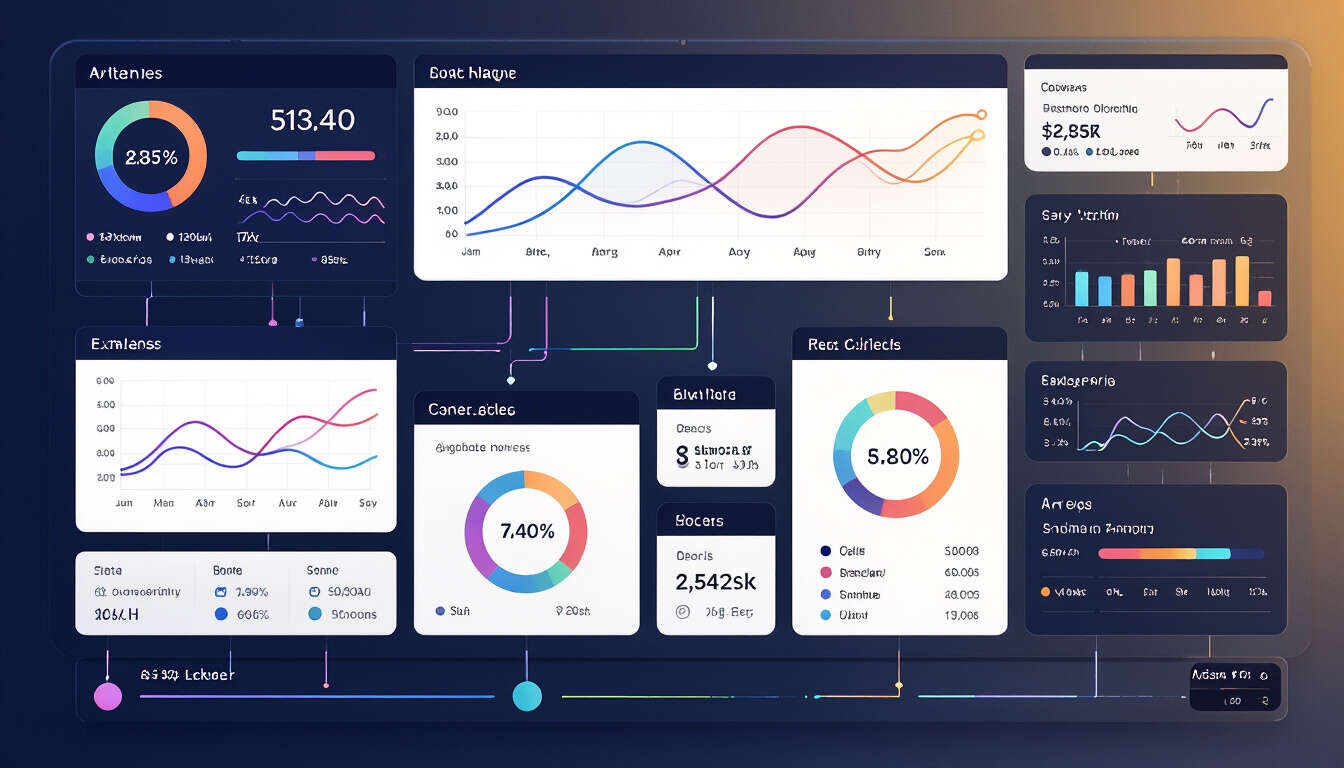Analytical Tools in SaaS Business Case Studies
 by Lilian Nienow
by Lilian Nienow
Analytical tools play a key role in SaaS success by providing insights into user behavior and performance metrics. This article examines real-world case studies where these tools drive data-driven strategies for growth and efficiency, offering practical lessons for professionals.

Analytical tools have become essential for SaaS companies aiming to refine their operations and achieve sustainable growth. These tools help in processing vast amounts of data to reveal patterns that inform decisions.
In one case study, a mid-sized SaaS provider focused on customer retention. By implementing advanced analytics, the company identified key factors influencing user churn. For instance, they analyzed user engagement data and found that personalized onboarding processes significantly reduced drop-offs. This approach led to a 20% improvement in retention rates within six months.
Another example involves a startup in the cloud storage sector. The team used data visualization features to track market trends. Through regular reports, they spotted emerging demands for mobile access, which prompted a quick update to their platform. As a result, the startup saw a 15% increase in user acquisition over the next quarter.
Benefits of Integrating Analytical Tools
Many SaaS businesses benefit from integrating these tools into their workflows. They enable teams to monitor key performance indicators in real time, allowing for swift adjustments. For example, a marketing SaaS firm employed predictive analytics to forecast sales trends. By examining historical data, they optimized their campaigns, leading to higher conversion rates.
In a detailed examination, a health tech SaaS company utilized machine learning algorithms within their analytical suite. This helped in detecting anomalies in user data, such as unusual access patterns that could indicate security issues. The implementation not only enhanced safety but also built greater trust among clients.
Practical Strategies from Case Studies
From these examples, several strategies emerge for SaaS professionals. First, focus on selecting tools that align with specific business needs, such as real-time monitoring or predictive insights. A fintech SaaS provider, for instance, integrated analytics to assess risk in transactions. This allowed them to refine their algorithms and reduce fraud incidents by 25%.
Additionally, fostering a culture of data literacy within the organization is crucial. Teams that regularly review analytics reports make more informed choices. In the case of an e-commerce SaaS platform, employees used dashboard tools to evaluate customer feedback. This led to product enhancements that boosted satisfaction scores.
Overall, analytical tools offer a clear path to operational improvements. By drawing from these case studies, SaaS enthusiasts can apply similar methods to their own ventures, ensuring they stay competitive in dynamic markets.
In summary, the application of these tools in various scenarios demonstrates their value in driving efficiency and innovation. SaaS companies that prioritize data analysis position themselves for long-term success.
